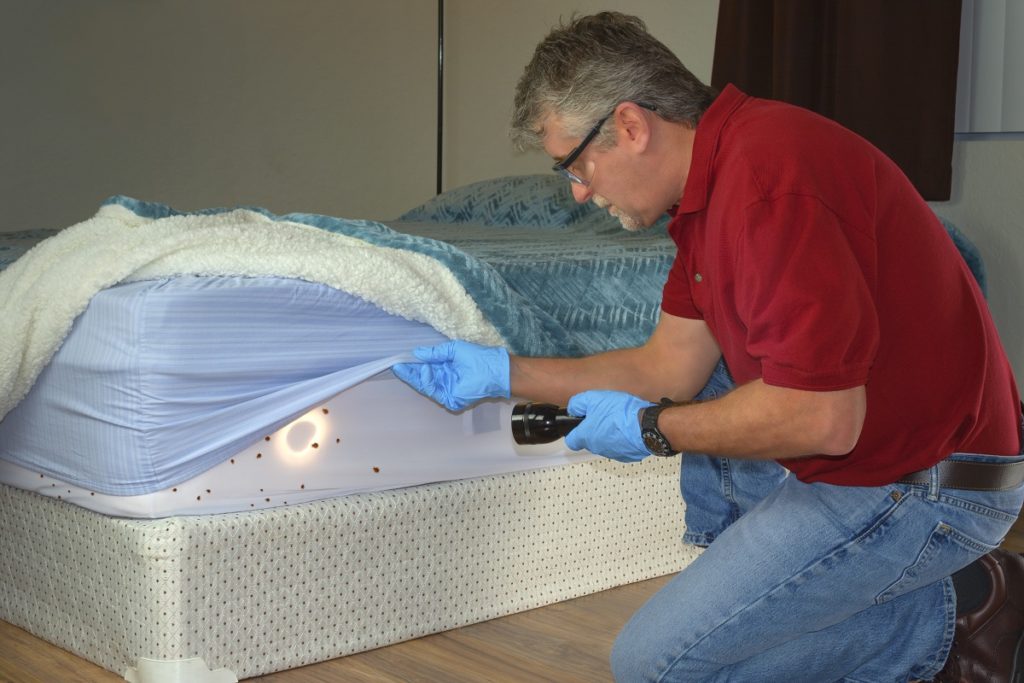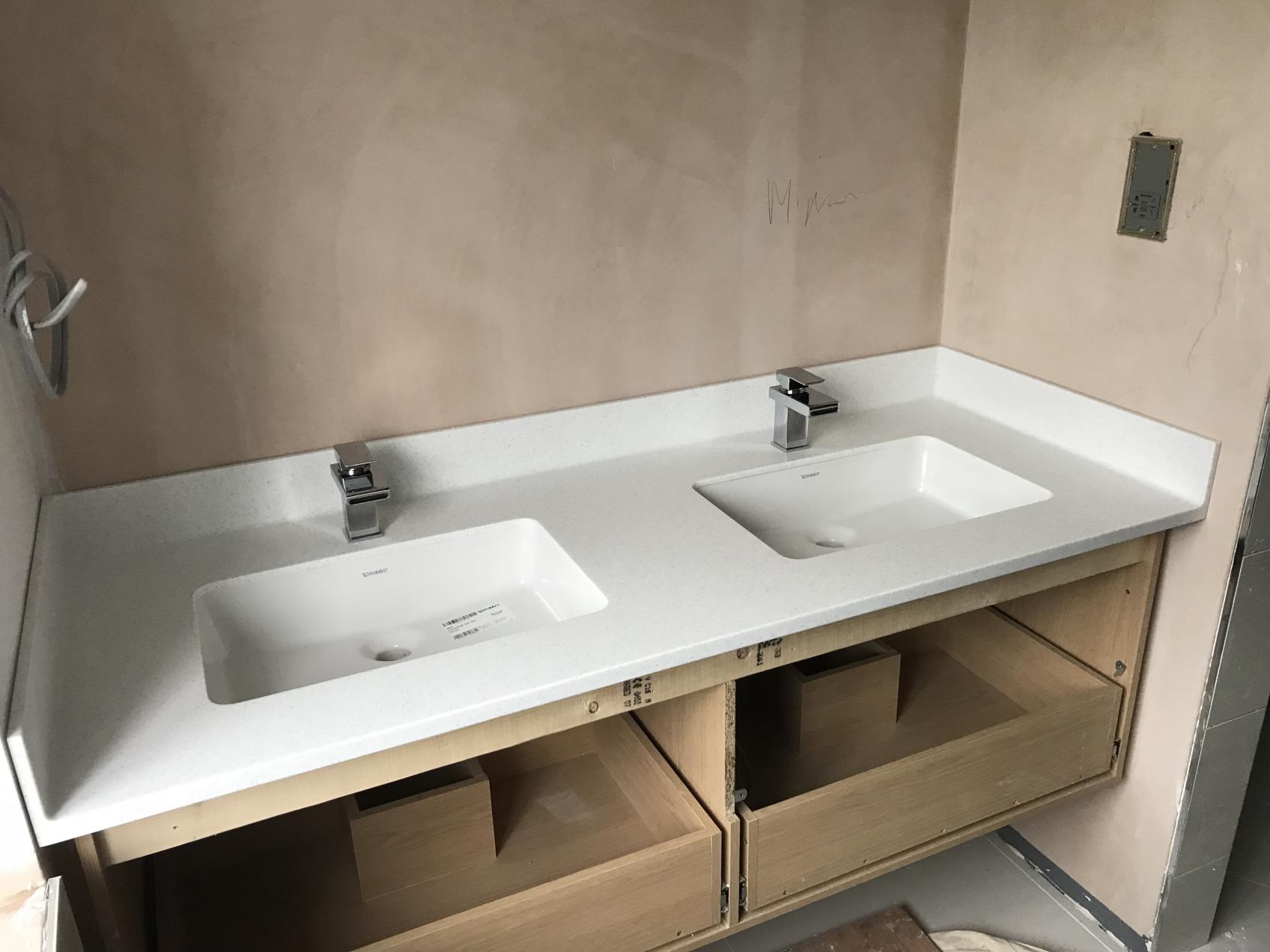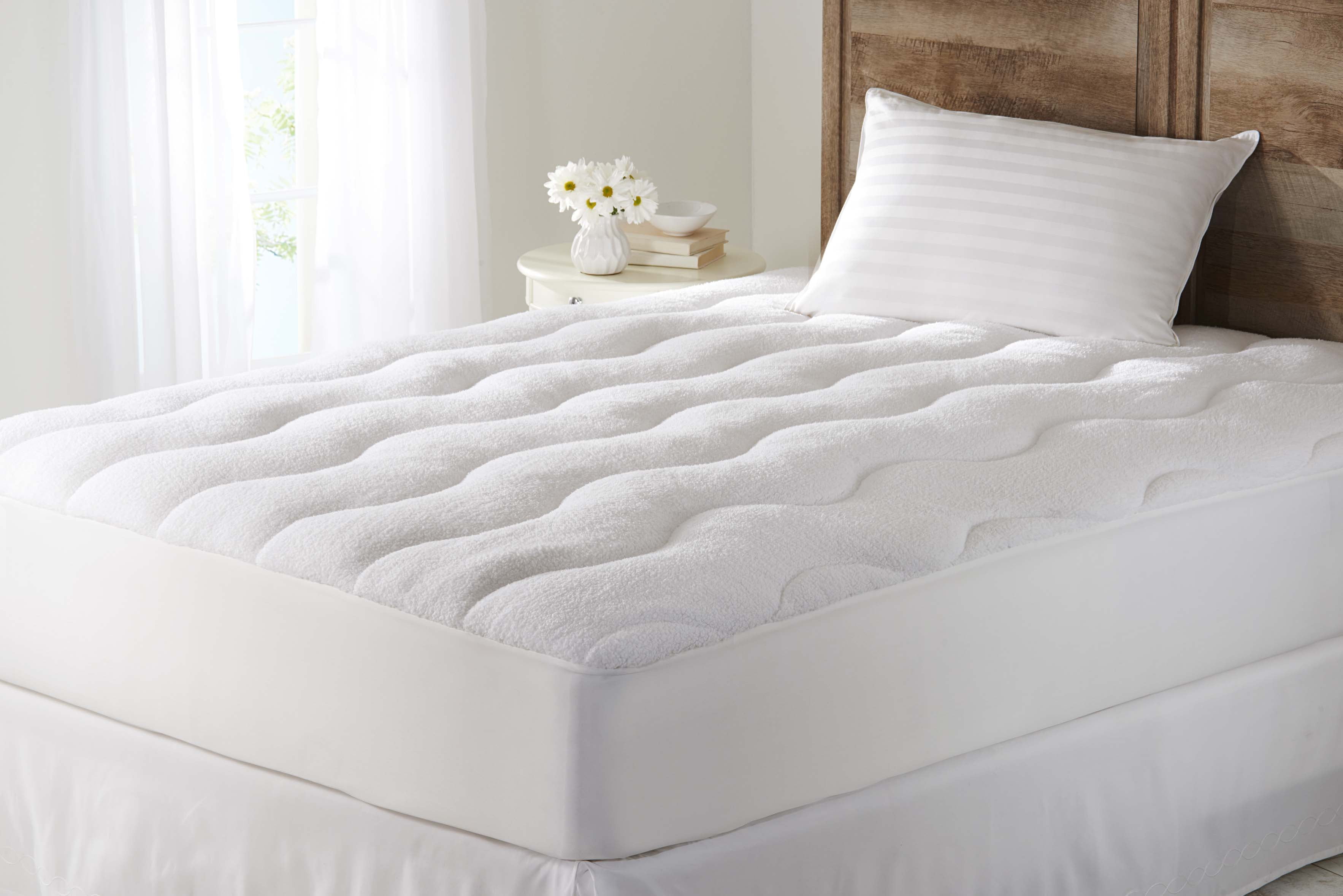Dealing with a bedbug infestation is never a pleasant experience, especially when it comes to your mattress. Foam mattresses, in particular, can be challenging to treat for bedbugs due to their dense material. But don't worry, we've got you covered with these top 10 tips for getting rid of bedbugs on your foam mattress.Bedbug Infestation: How to Get Rid of Bedbugs on a Foam Mattress
Bedbugs can be notoriously difficult to eliminate, but it's not impossible. The first step is to identify the extent of the infestation. Check your mattress thoroughly for any signs of bedbugs, such as small dark spots, bloodstains, or actual bugs. Once you've confirmed the presence of bedbugs, here's how to treat them on your foam mattress: 1. Vacuum the mattress and surrounding areas: Use a vacuum with a HEPA filter to suck up any bedbugs and their eggs from your mattress, bed frame, and surrounding areas. Be sure to empty the vacuum immediately and dispose of the contents in a sealed bag. 2. Wash and dry all bedding and linens: Use hot water (at least 120°F) to wash all bedding, including sheets, pillowcases, and mattress covers. Then, dry them on the hottest setting for at least 30 minutes to kill any remaining bedbugs. 3. Use a bedbug spray: Look for a bedbug spray specifically designed for foam mattresses and follow the instructions carefully. Make sure to spray all areas of the mattress, including the seams and crevices. 4. Steam clean: If you have access to a steam cleaner, use it to clean your mattress thoroughly. The high temperatures will kill any bedbugs and their eggs. 5. Apply diatomaceous earth: This natural powder is made from fossilized remains of algae and is safe for use around pets and children. Sprinkle it on your mattress and leave it for a few hours before vacuuming it up. 6. Use an insecticide dust: Insecticide dusts, such as boric acid or silica gel, can be effective in eliminating bedbugs on a foam mattress. Be sure to follow the instructions and use caution when applying. 7. Call a professional: If the infestation is severe, or your efforts are not proving successful, it may be time to call in a professional pest control service. 8. Consider replacing your mattress: If your foam mattress is old, worn, or heavily infested, it may be best to replace it entirely. This will ensure that all bedbugs and their eggs are eliminated. 9. Use a mattress encasement: Once you've treated your foam mattress for bedbugs, consider investing in a mattress encasement. This will provide an extra layer of protection against future infestations. 10. Stay vigilant: Even after successfully treating a bedbug infestation on your foam mattress, it's important to stay vigilant. Check your mattress regularly for any signs of bedbugs and take preventive measures to avoid future infestations.How to Treat a Bedbug Infestation on a Foam Mattress
One of the best ways to protect your foam mattress from bedbugs is by using a mattress cover. But not just any cover will do. Look for a cover specifically designed for bedbug protection, with features such as zipper closures, tightly woven fabric, and waterproofing. Some recommended options include SafeRest Premium Hypoallergenic Waterproof Mattress Protector and Linenspa Zippered Waterproof Mattress Encasement.Best Foam Mattress Covers for Bedbug Protection
The saying "prevention is better than cure" rings especially true when it comes to bedbugs. Here are some simple steps you can take to prevent bedbugs from infesting your foam mattress: 1. Inspect second-hand furniture: If you're purchasing a used foam mattress or any other furniture, be sure to thoroughly inspect it for any signs of bedbugs before bringing it into your home. 2. Use protective covers: In addition to a mattress cover, consider using pillow and box spring covers as well to provide a barrier against bedbugs. 3. Keep your bedroom clutter-free: Bedbugs love to hide in clutter, so keep your bedroom tidy and free of unnecessary items. 4. Be careful when traveling: When staying in a hotel, check the mattress and headboard for any signs of bedbugs. Keep your luggage off the bed and away from walls. 5. Regularly clean and inspect: Make it a habit to vacuum your mattress and bedding regularly and check for any signs of bedbugs.How to Prevent Bedbugs on Your Foam Mattress
If you're in the market for a new foam mattress and want to prioritize bedbug resistance, here are some top picks to consider: 1. Zinus Memory Foam Green Tea Mattress: This mattress has a natural green tea extract infused into the foam to help repel bedbugs. 2. Tempur-Pedic Tempur-LuxeAdapt Mattress: This high-density foam mattress has a cool-to-touch cover that is bedbug resistant. 3. Nectar Memory Foam Mattress: This mattress has a soft cover that is bedbug resistant and also comes with a 365-night trial and lifetime warranty.Top Foam Mattresses for Bedbug Resistance
Knowing the signs of a bedbug infestation on your foam mattress is key to catching and treating it early. Look out for: 1. Small dark spots: These are bedbug excrement and will appear as tiny black or brown dots on your mattress. 2. Bloodstains: If you wake up with unexplained bloodstains on your sheets, it could be a sign of bedbugs feeding on you during the night. 3. Actual bugs: Bedbugs are small, about the size of an apple seed, and may be visible on your mattress or bedding. 4. Musty odor: Bedbugs produce a musty smell, so if your foam mattress has an unusual odor, it could be a sign of an infestation.Bedbug Infestation: Signs to Look for on a Foam Mattress
After successfully treating a bedbug infestation on your foam mattress, it's important to clean and disinfect it thoroughly. Here's how: 1. Vacuum: Use a vacuum with a HEPA filter to remove any dead bedbugs, their eggs, and any remaining diatomaceous earth or insecticide dust. 2. Steam clean: As an extra measure, use a steam cleaner to clean and disinfect your mattress. The high temperatures will kill any remaining bedbugs and bacteria. 3. Air dry: Let your mattress air dry completely before covering it with a mattress protector or encasement.How to Clean a Foam Mattress After a Bedbug Infestation
A foam mattress encasement is a great way to protect your mattress from bedbugs, as well as other allergens and liquids. Here's how to use one: 1. Choose the right size: Measure your mattress before purchasing an encasement to ensure a proper fit. 2. Zip it up: Place your mattress inside the encasement and zip it closed. Make sure the zipper is tightly sealed to prevent bedbugs from entering or escaping. 3. Secure it in place: Some encasements come with straps or elastic bands to help keep them in place. Use these to secure the encasement to your mattress. 4. Check for any holes or tears: Regularly inspect your encasement for any damage that may allow bedbugs to enter or escape.Using Foam Mattress Encasements to Protect Against Bedbugs
If you prefer to use natural methods to get rid of bedbugs on your foam mattress, here are some options to try: 1. Lavender essential oil: Mix a few drops of lavender oil with water and spray it on your mattress. Lavender has insect-repelling properties and can help keep bedbugs away. 2. Peppermint leaves: Place dried peppermint leaves around your mattress to help repel bedbugs. You can also use peppermint essential oil mixed with water as a spray. 3. Tea tree oil: Mix a few drops of tea tree oil with water and spray it on your mattress. Tea tree oil has antimicrobial and insect-repelling properties.Natural Remedies for Bedbug Infestations on Foam Mattresses
If your foam mattress is heavily infested with bedbugs and cannot be saved, it's important to dispose of it properly to prevent the spread of bedbugs. Here's how: 1. Wrap it in plastic: Use plastic sheets or garbage bags to tightly wrap your mattress. 2. Label it as infested: Clearly label the mattress as infested with bedbugs to prevent someone else from unknowingly taking it. 3. Dispose of it in a sealed bag: Place the wrapped mattress in a sealed plastic bag and dispose of it in an outdoor garbage bin or take it directly to a landfill. 4. Consider professional disposal: Some areas may have specific regulations for disposing of bedbug-infested items. Consider hiring a professional disposal service to ensure proper disposal. Dealing with a bedbug infestation on your foam mattress can be a time-consuming and frustrating experience. But with these tips and precautions, you can effectively treat and prevent bedbugs on your mattress. Remember to stay vigilant and act quickly at the first sign of an infestation to avoid a bigger problem down the line.How to Dispose of a Foam Mattress Infested with Bedbugs
How to Prevent Bedbug Infestations in Foam Mattresses

Understanding the Problem
 Bedbugs are tiny, parasitic insects that feed on human blood. Despite their name, they can infest any type of furniture, including foam mattresses. These pests are hard to spot and their bites can lead to itchy, red welts on the skin. If left untreated, a bedbug infestation can quickly spread and become a major problem in your home. In this article, we will discuss how to prevent bedbug infestations in foam mattresses and keep your home free from these pesky insects.
Bedbugs are tiny, parasitic insects that feed on human blood. Despite their name, they can infest any type of furniture, including foam mattresses. These pests are hard to spot and their bites can lead to itchy, red welts on the skin. If left untreated, a bedbug infestation can quickly spread and become a major problem in your home. In this article, we will discuss how to prevent bedbug infestations in foam mattresses and keep your home free from these pesky insects.
Why Foam Mattresses are Susceptible to Bedbug Infestations
 Foam mattresses are popular because of their comfort and support, but unfortunately, they are also a prime target for bedbugs. These insects are small and flat, making it easy for them to hide in the crevices of a foam mattress. Additionally, foam mattresses are made of porous materials, providing the perfect environment for bedbugs to breed and lay their eggs.
Foam mattresses are popular because of their comfort and support, but unfortunately, they are also a prime target for bedbugs. These insects are small and flat, making it easy for them to hide in the crevices of a foam mattress. Additionally, foam mattresses are made of porous materials, providing the perfect environment for bedbugs to breed and lay their eggs.
Steps to Prevent Bedbug Infestations in Foam Mattresses
 1. Inspect Your Mattress Regularly
The first step in preventing bedbug infestations in foam mattresses is to regularly inspect your mattress for any signs of these pests. Look for small blood stains, dark spots, or shed insect skins on the mattress cover or in the crevices of the foam. If you suspect an infestation, take immediate action to address the problem.
2. Use a Mattress Encasement
Investing in a
mattress encasement
is a great way to protect your foam mattress from bedbugs. These
protective covers
are specially designed to keep bedbugs out and can be easily washed and reused. Make sure to choose an encasement that is
bedbug-proof
and can fully cover your mattress.
3. Vacuum Regularly
Vacuuming your mattress and surrounding areas regularly can help prevent bedbugs from multiplying. Use a
HEPA vacuum
to effectively suck up any bedbugs, eggs, or droppings. Make sure to pay special attention to the seams and crevices of your foam mattress.
4. Avoid Bringing Used Furniture into Your Home
One way bedbugs can make their way into your home is through used furniture, especially mattresses. If you are considering purchasing a used foam mattress, make sure to thoroughly inspect it for any signs of bedbugs before bringing it into your home.
1. Inspect Your Mattress Regularly
The first step in preventing bedbug infestations in foam mattresses is to regularly inspect your mattress for any signs of these pests. Look for small blood stains, dark spots, or shed insect skins on the mattress cover or in the crevices of the foam. If you suspect an infestation, take immediate action to address the problem.
2. Use a Mattress Encasement
Investing in a
mattress encasement
is a great way to protect your foam mattress from bedbugs. These
protective covers
are specially designed to keep bedbugs out and can be easily washed and reused. Make sure to choose an encasement that is
bedbug-proof
and can fully cover your mattress.
3. Vacuum Regularly
Vacuuming your mattress and surrounding areas regularly can help prevent bedbugs from multiplying. Use a
HEPA vacuum
to effectively suck up any bedbugs, eggs, or droppings. Make sure to pay special attention to the seams and crevices of your foam mattress.
4. Avoid Bringing Used Furniture into Your Home
One way bedbugs can make their way into your home is through used furniture, especially mattresses. If you are considering purchasing a used foam mattress, make sure to thoroughly inspect it for any signs of bedbugs before bringing it into your home.
Conclusion
 Preventing bedbug infestations in foam mattresses requires regular maintenance and vigilance. By following these steps, you can protect your foam mattress and keep your home free from these unwanted pests. Remember to regularly inspect, use a mattress encasement, vacuum, and avoid used furniture to keep your foam mattress bedbug-free.
Preventing bedbug infestations in foam mattresses requires regular maintenance and vigilance. By following these steps, you can protect your foam mattress and keep your home free from these unwanted pests. Remember to regularly inspect, use a mattress encasement, vacuum, and avoid used furniture to keep your foam mattress bedbug-free.




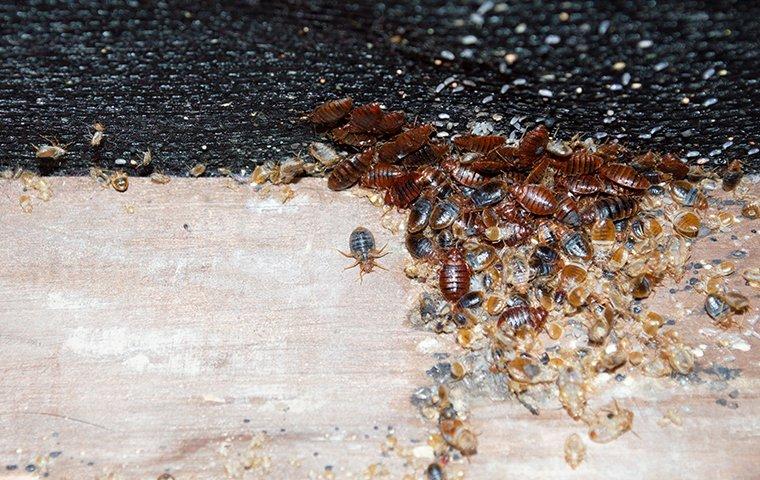
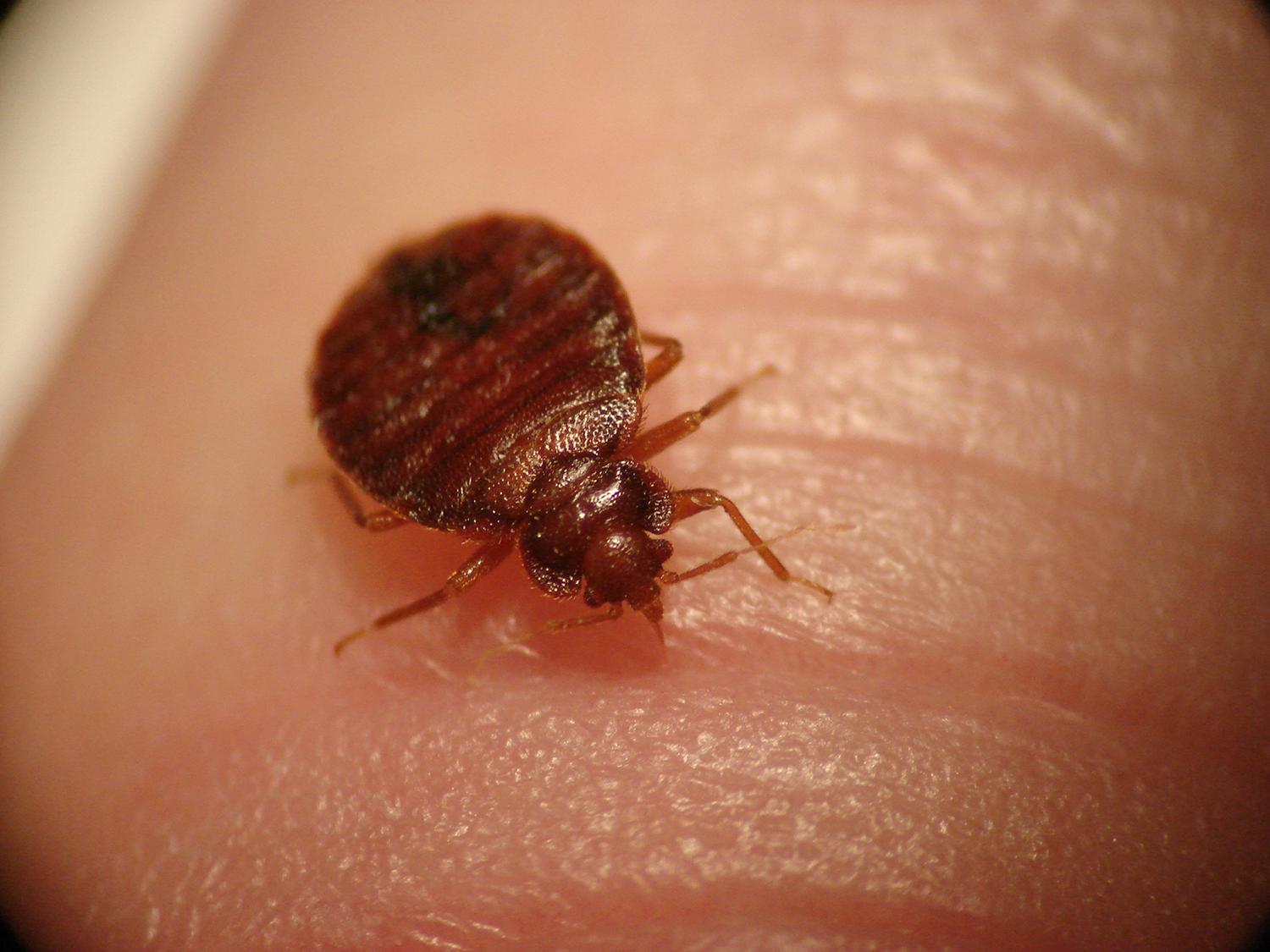
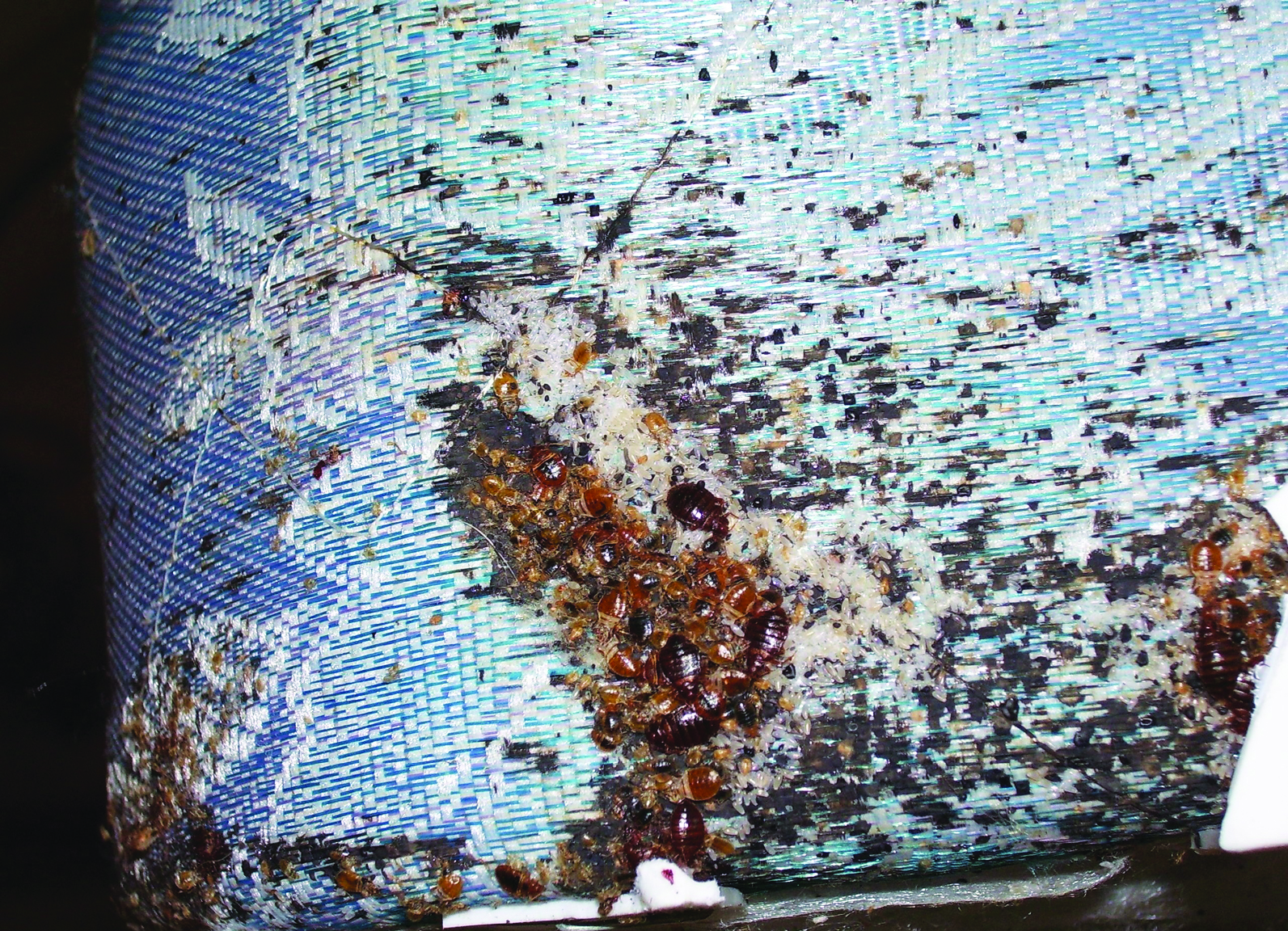








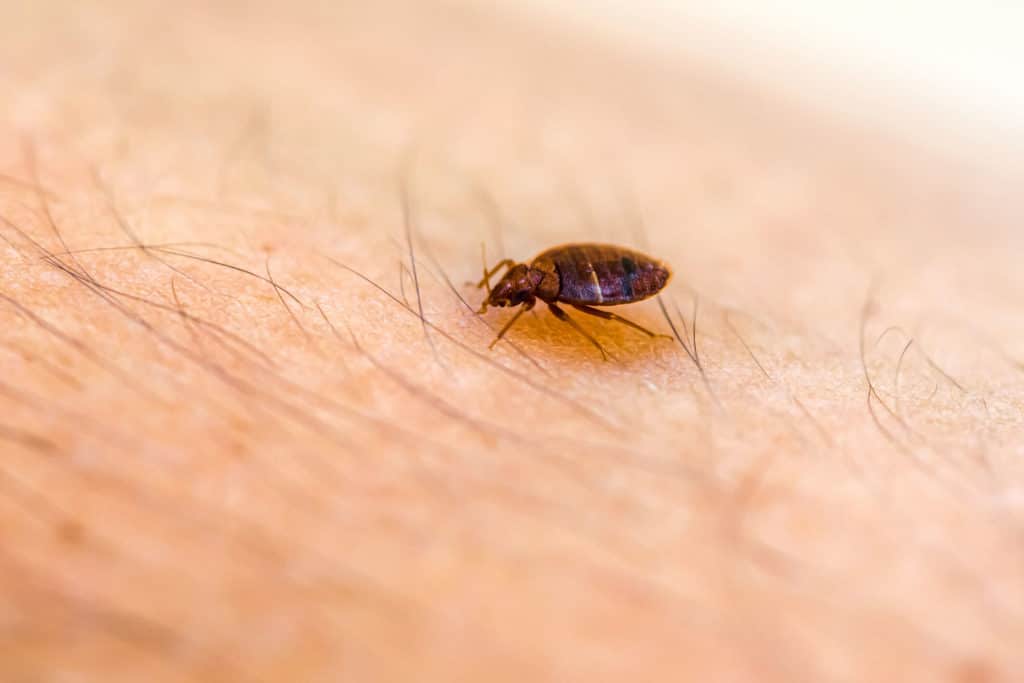








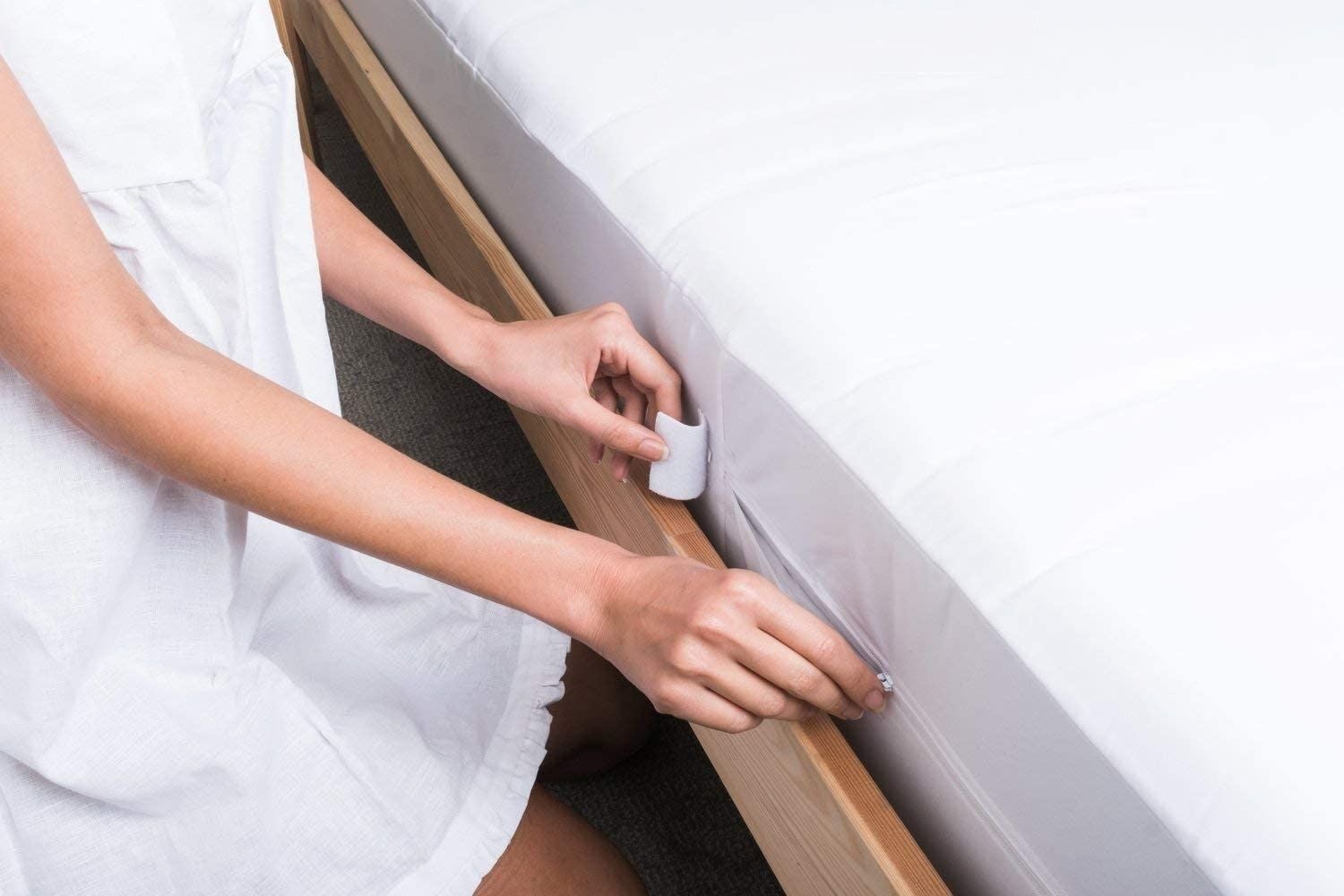








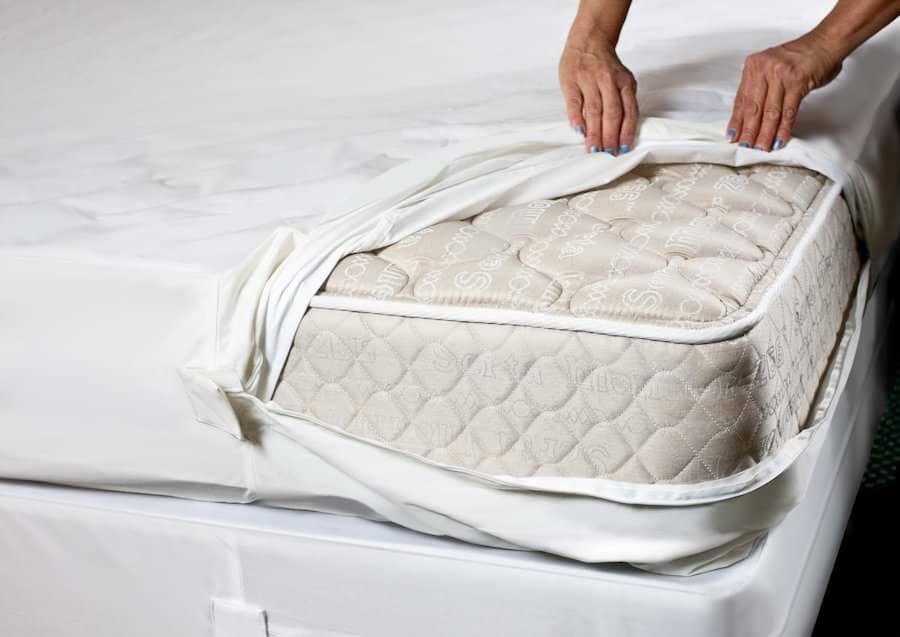


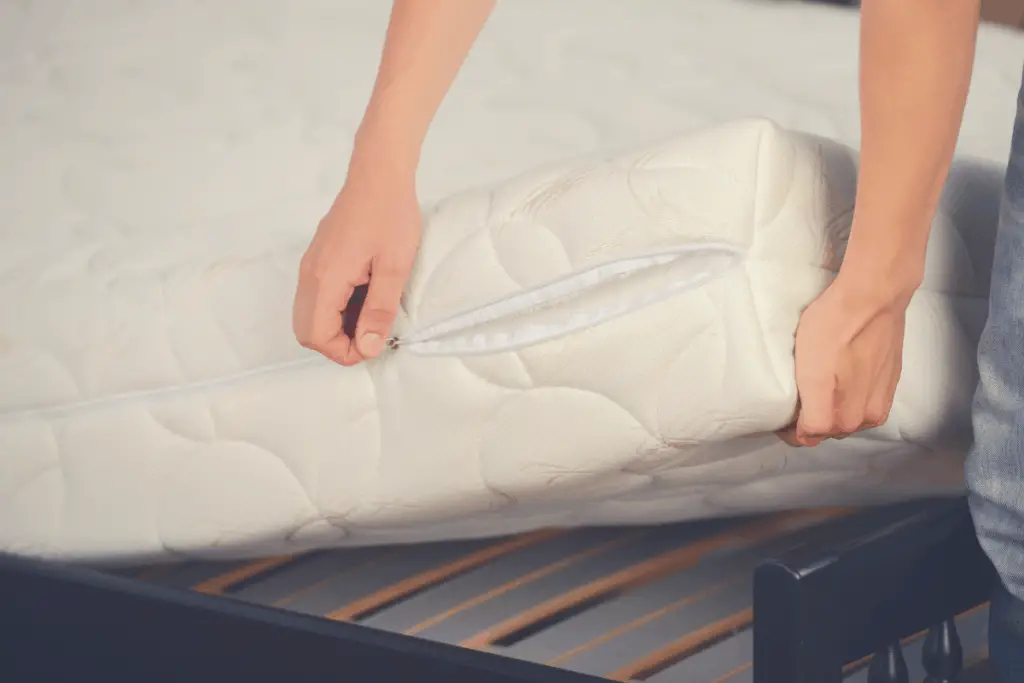
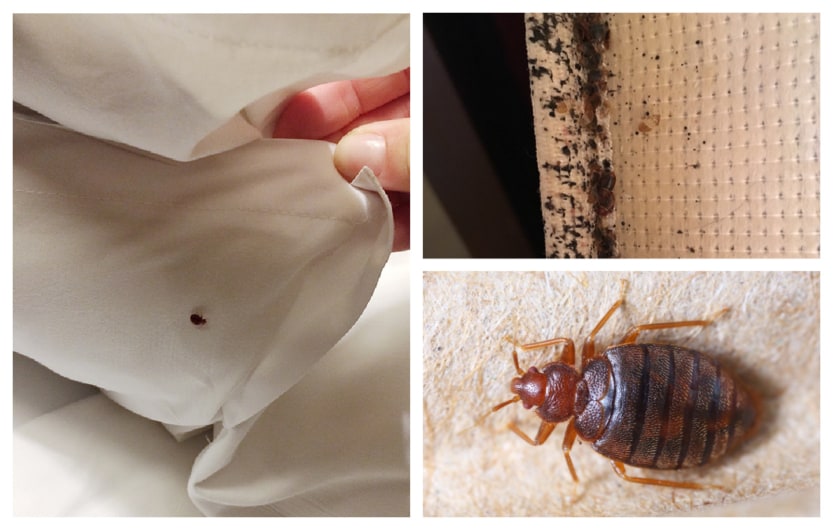
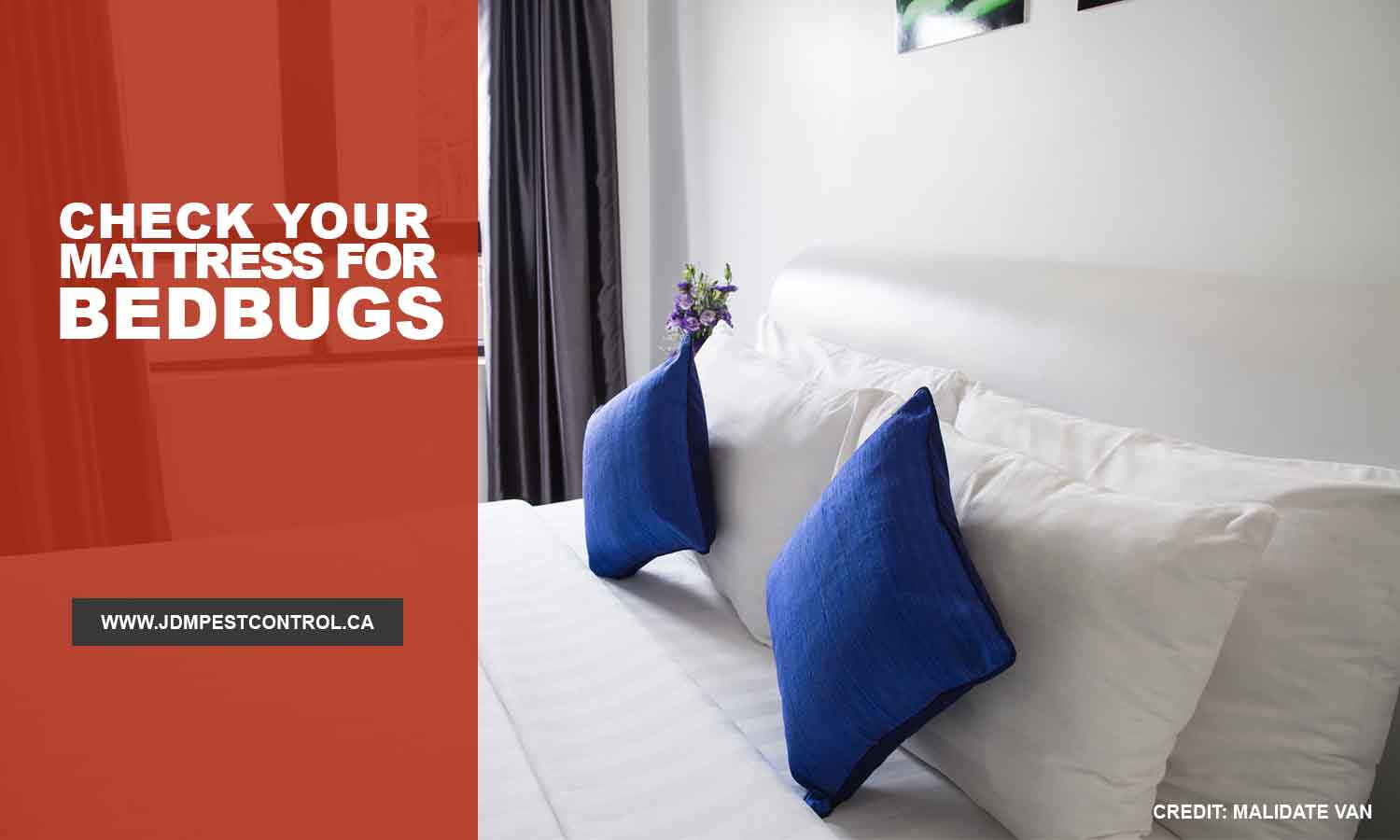
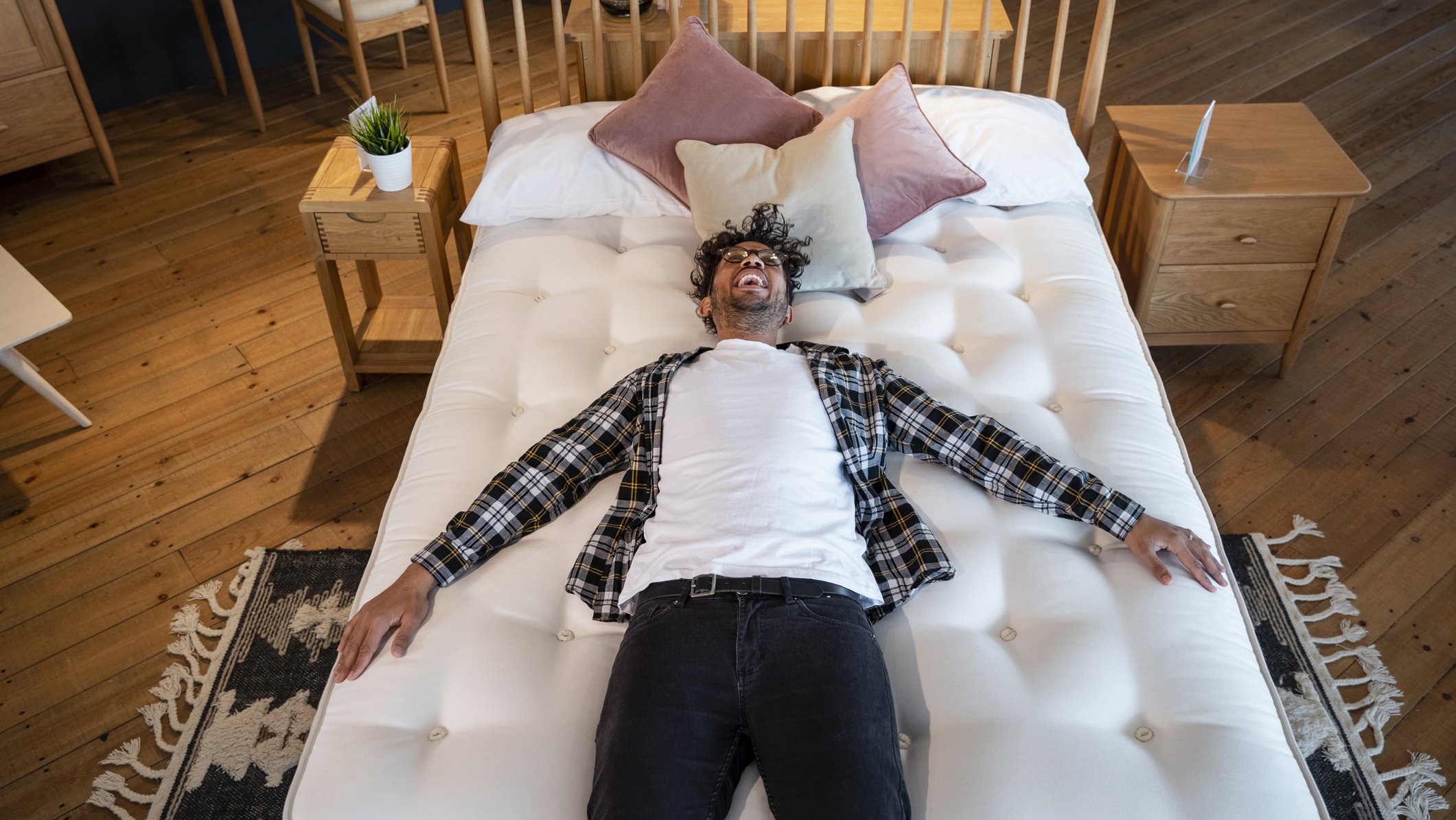





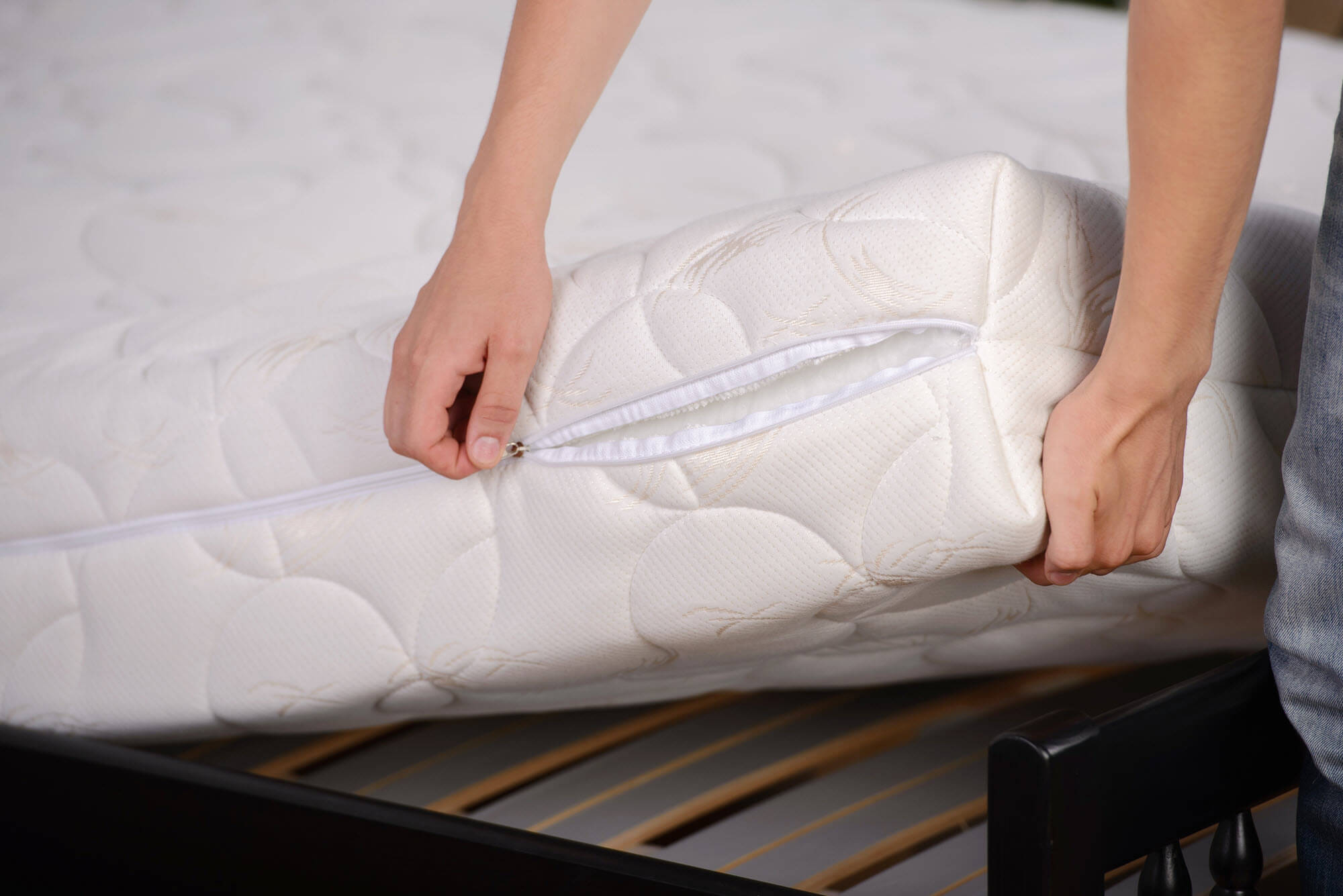
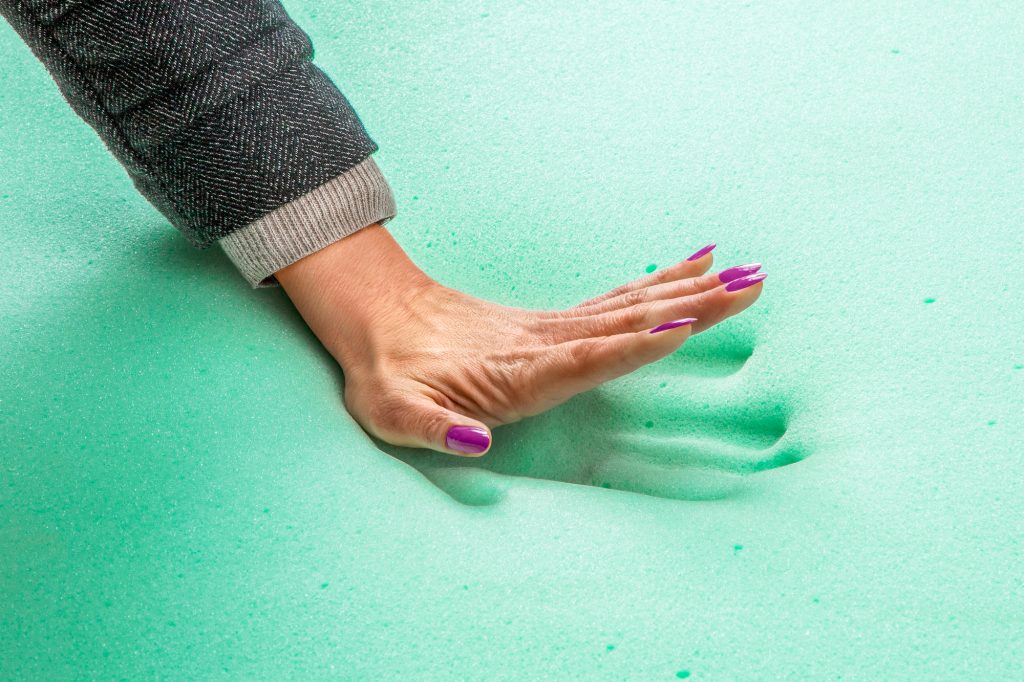

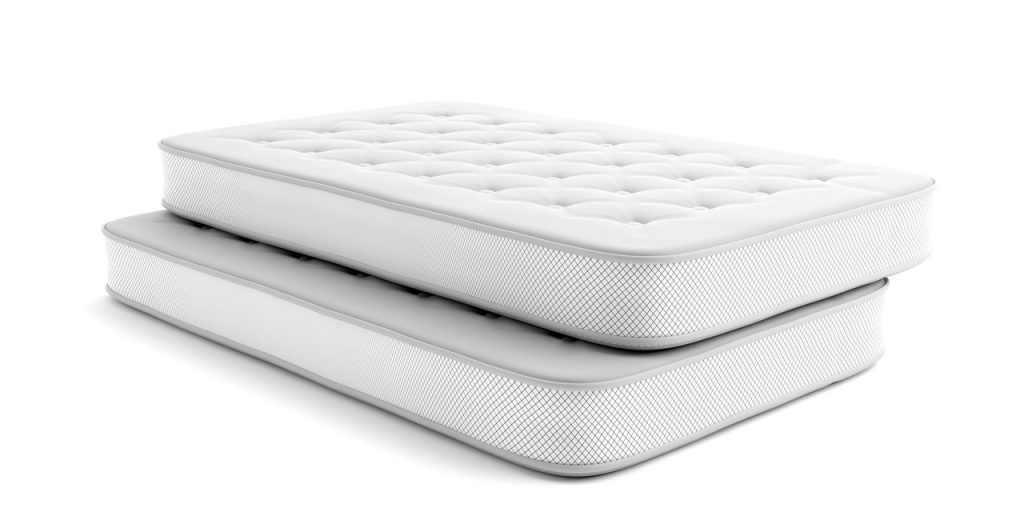


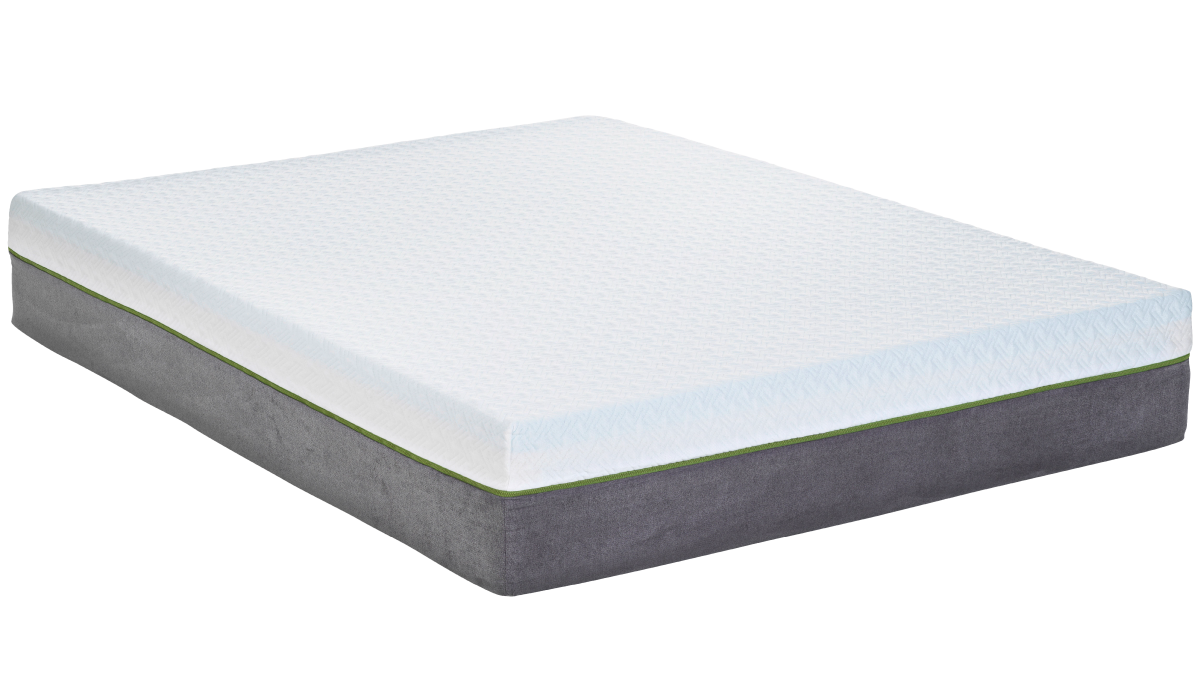

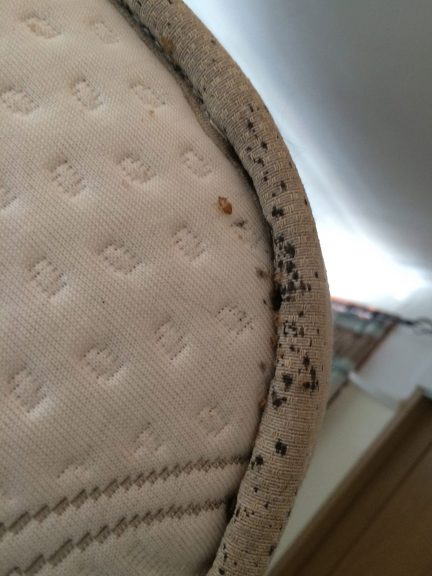
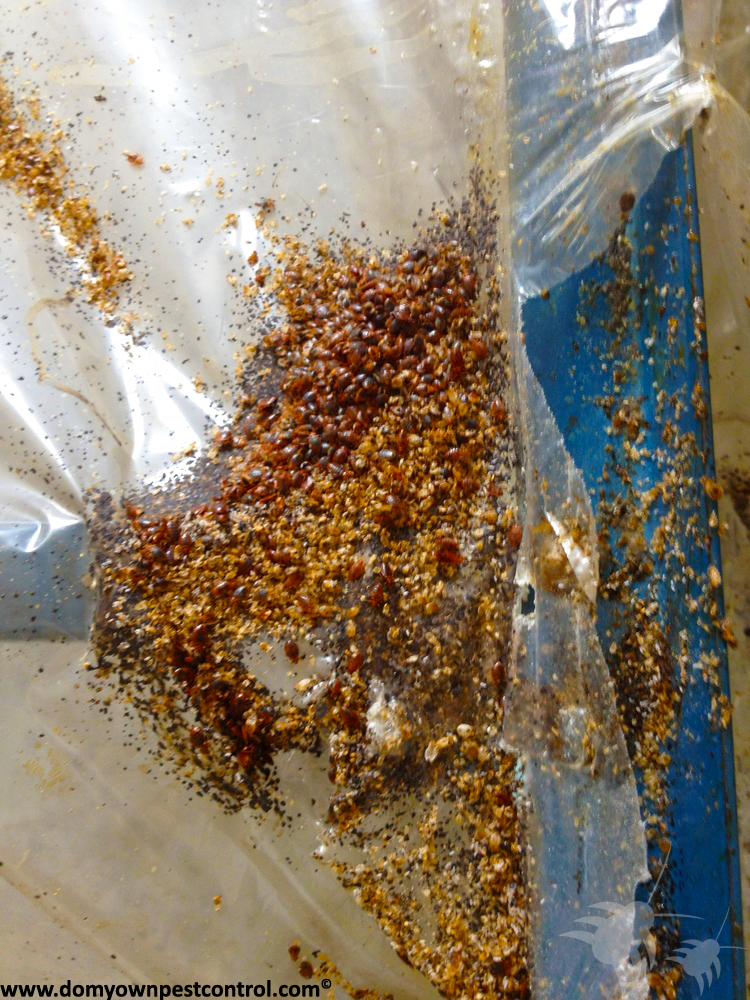


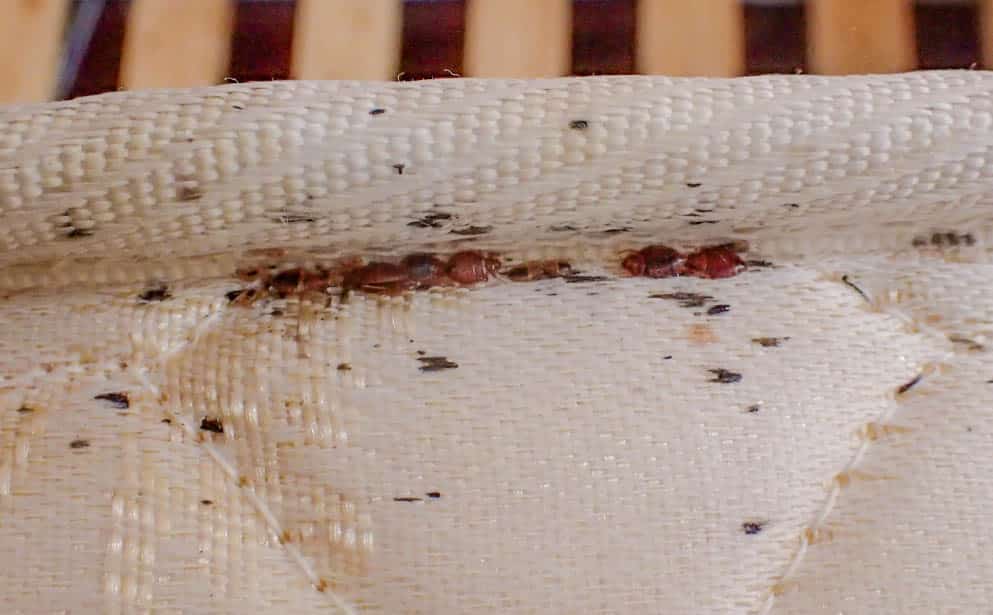

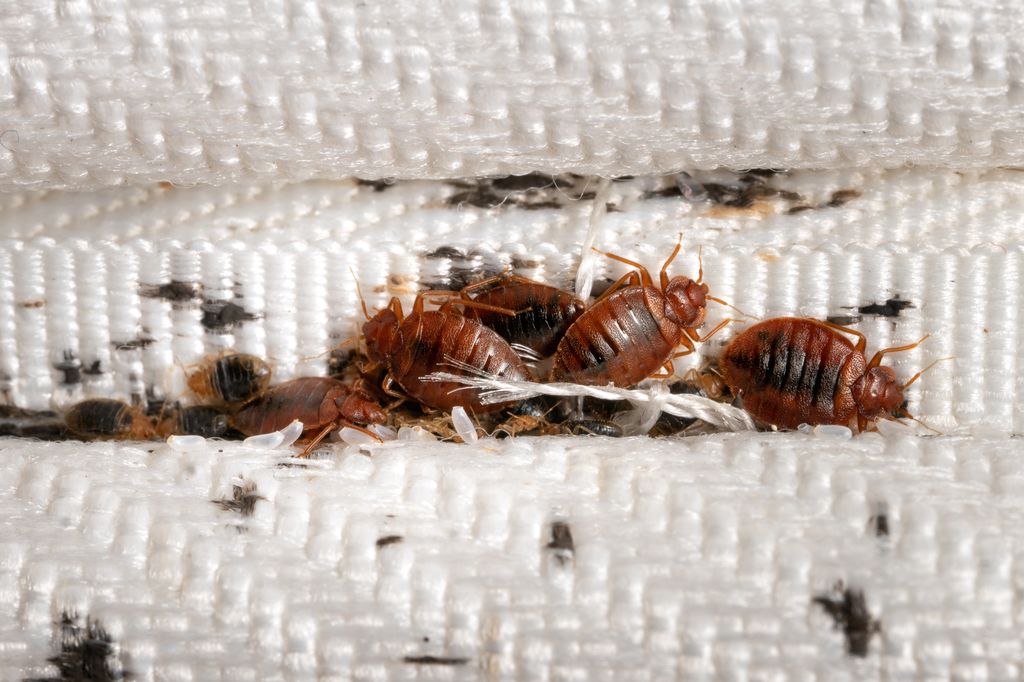
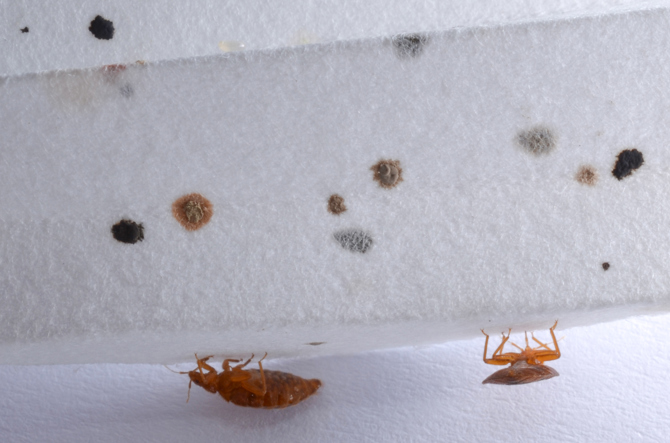







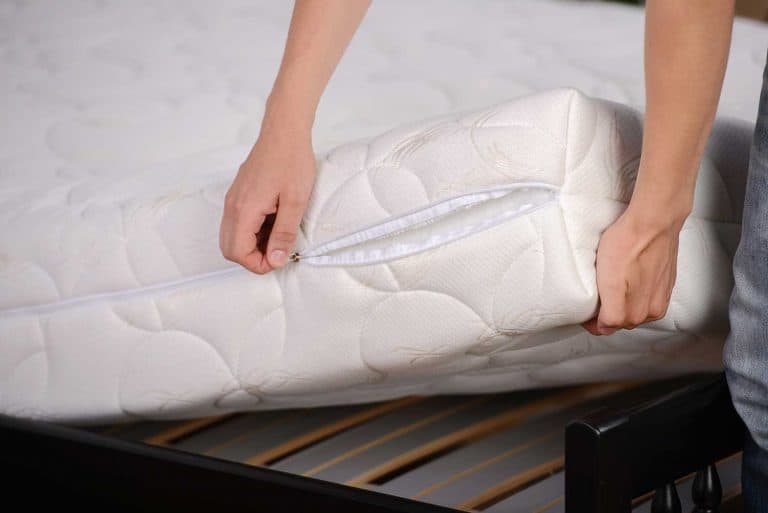
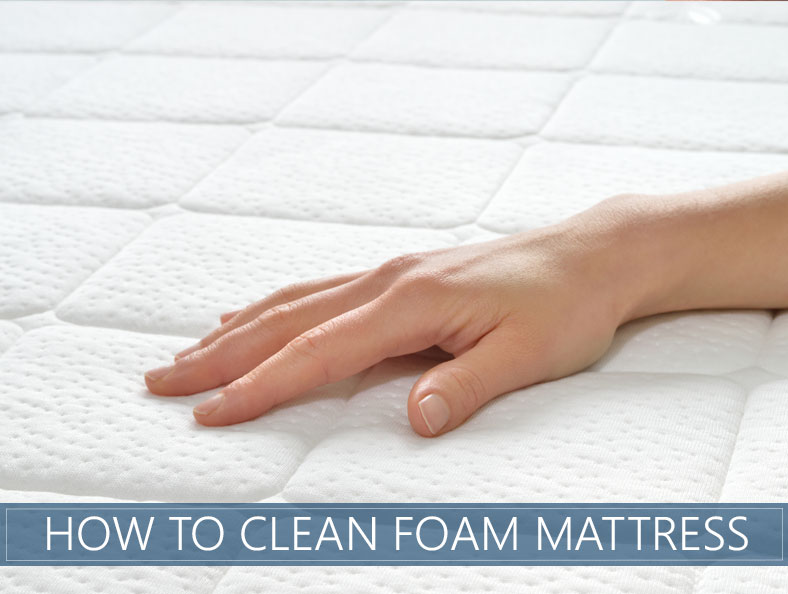








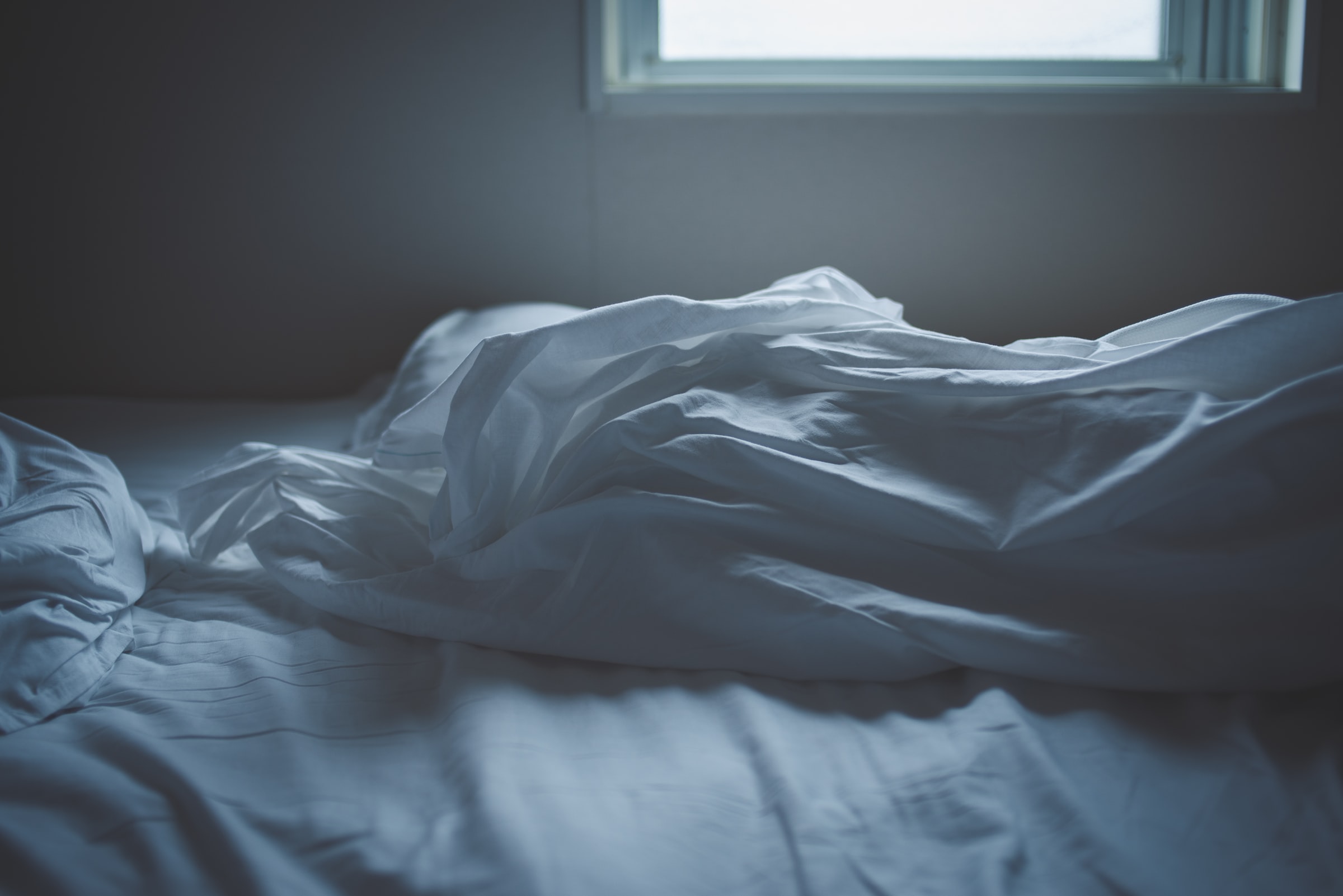

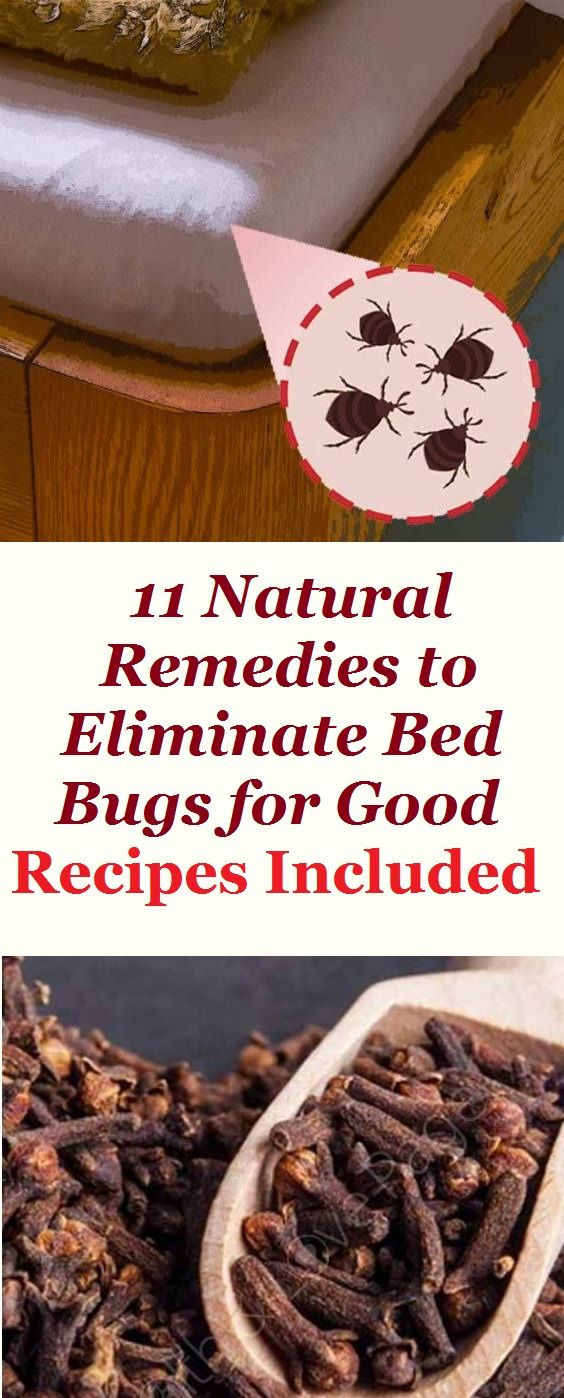










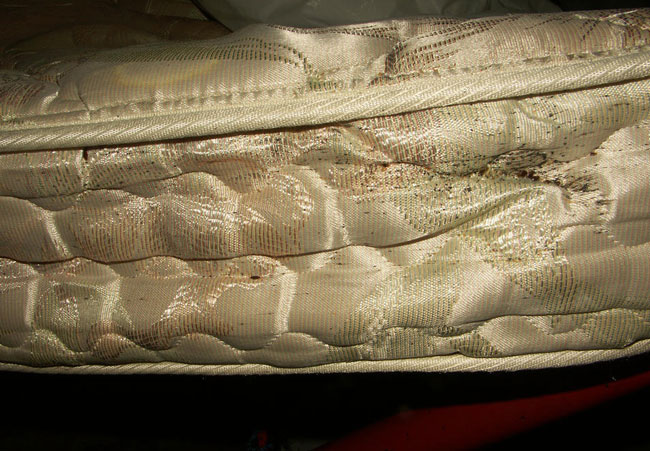


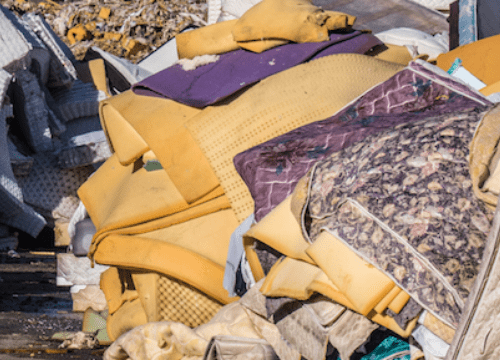
:max_bytes(150000):strip_icc()/handle-bed-bug-infestation-laundry-2146304-08-dec8c7d86f3649649a5bc8568f470476.jpg)
